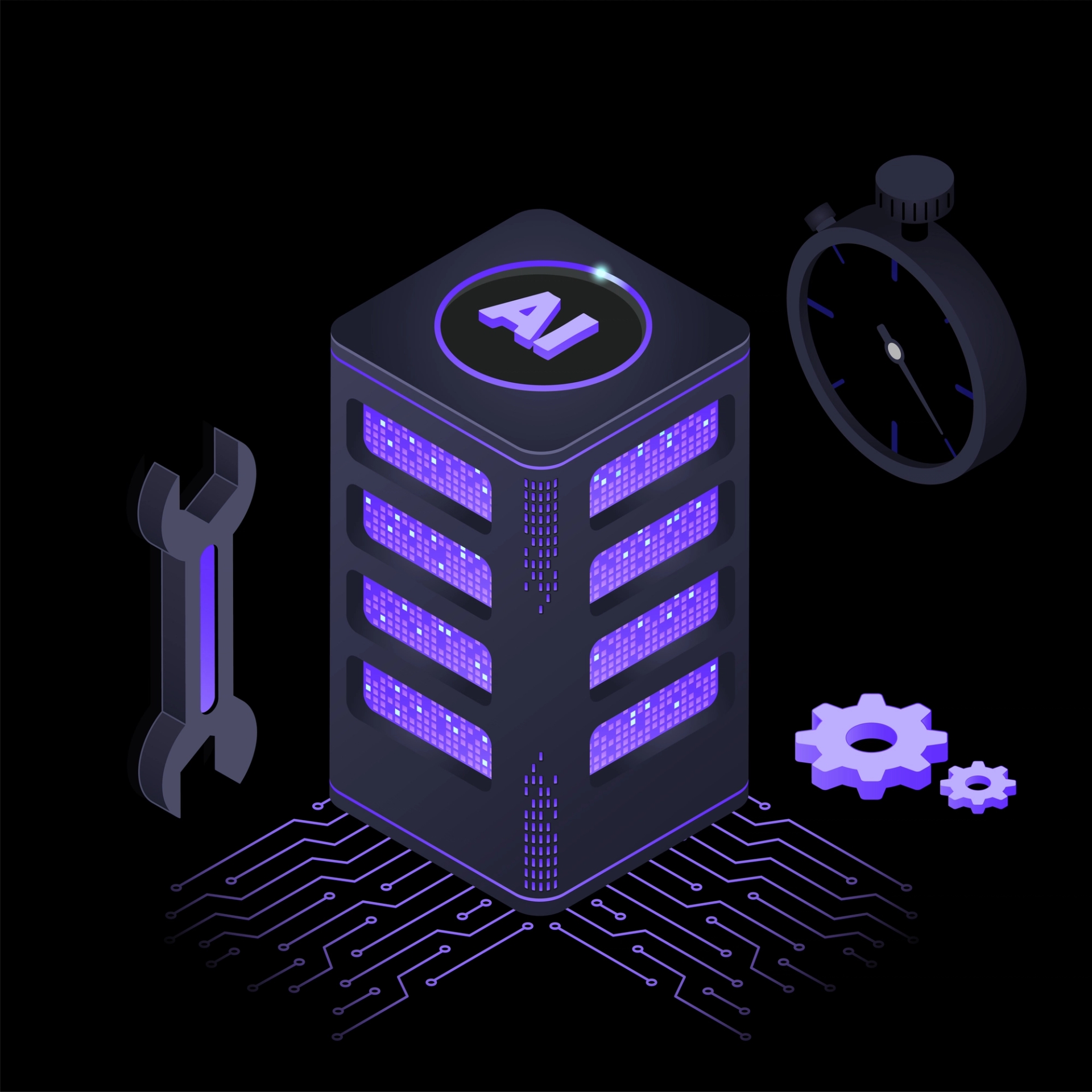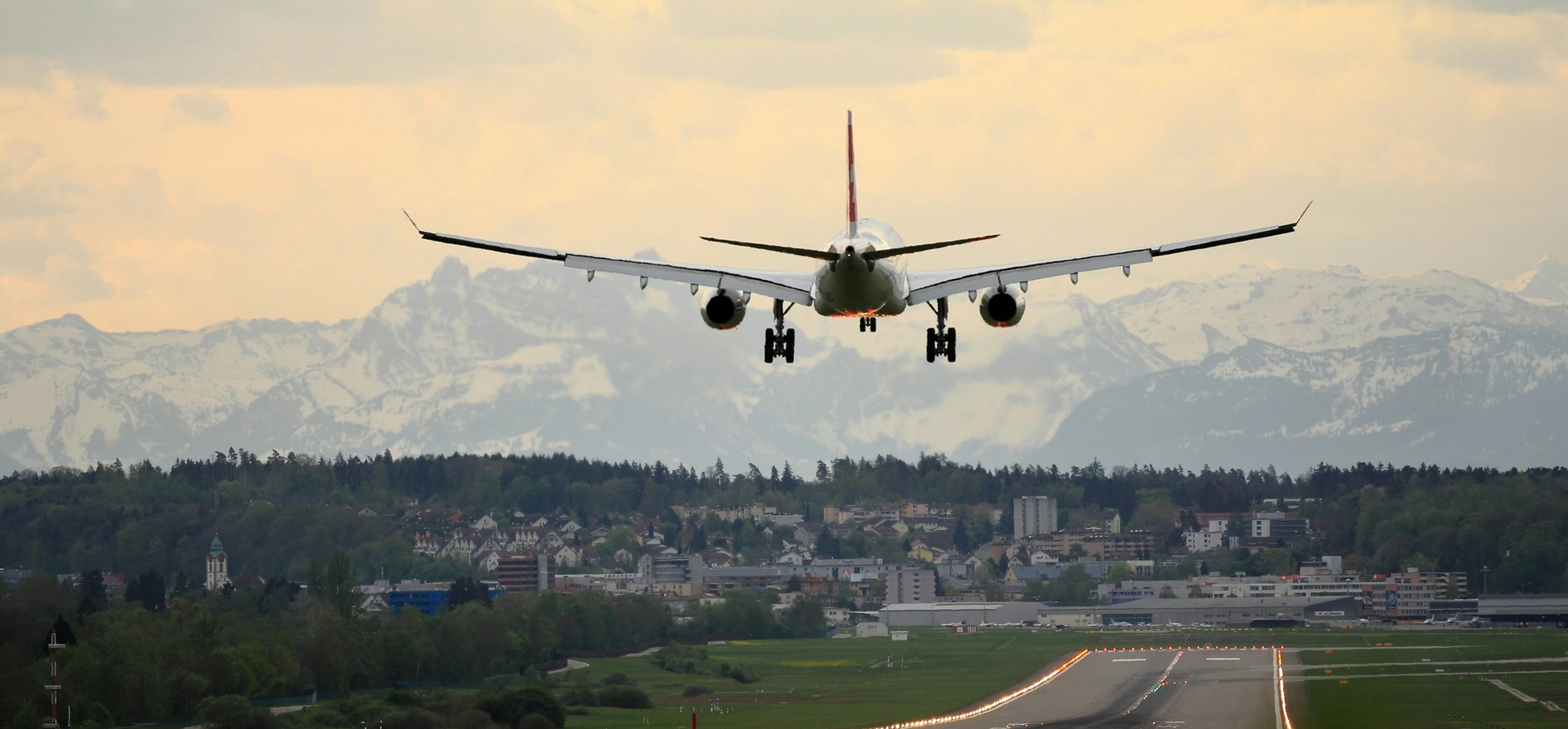
Smarter email, faster business.
Maintenance Schedule AI
Scheduler AI leverages AI-driven optimization to streamline maintenance resource coordination, ensuring optimal technician deployment, minimized downtime, and cost-efficient fleet operations.
Workload forecasting

- Workload forecasting based on multiple workload drivers (forecasted customer footfall, expected inbound deliveries, forecasted online orders etc.).
Workload optimization

- Converting forecasts into required working hours.
- Optimizing the timing of different types of tasks (fixed or variable timing, fixed or variable workload).
Shift optimization

- Creating shifts and matching them to the projected workload.
- Considering employees' contracts, skills, local legislation and wishes.
What’s the Problem?

The Problem
- Scheduling inefficiencies caused by technician shortages and unpredictable maintenance cycles.
- Fluctuating repair demand leads to resource misallocation and operational delays.
- Increased downtime and higher costs, directly impacting profitability and aircraft availability.

The Results
- Maintenance managers struggle with resource allocation, making scheduling an impossible task.
- Unnecessary downtime and inflated costs reduce efficiency and profitability.
- Limited aircraft availability disrupts operations and affects overall fleet performance.
Solution Overview
Scheduler AI applies machine learning models to dynamically predict, allocate, and optimize maintenance schedules—leveraging technician skill data, real-time operational needs, and historical maintenance insights to reduce downtime and boost efficiency.
Solution Benefits
Improved Technician Productivity
Aligning tasks to the best-fit technicians can improve output up to 30%.
Reduced Unplanned Downtime
Machine Learning-Powered Failure Prediction decreases unscheduled maintenance event as much as 20%.
Availability without Overstocking
Forecast repair demand ensures critical parts are on-hand without overstocking.
How it Works
Deployment Options

Maintenance Schedule AI can be deployed stand alone or integrated with Inventory AI.

When combined with Inventory AI it has greater visibility of the parts that will be or may be required for upcoming aircraft, adding greater confidence that delays are minimized.
Explore how you could measurably improve TAT and save a fortune
